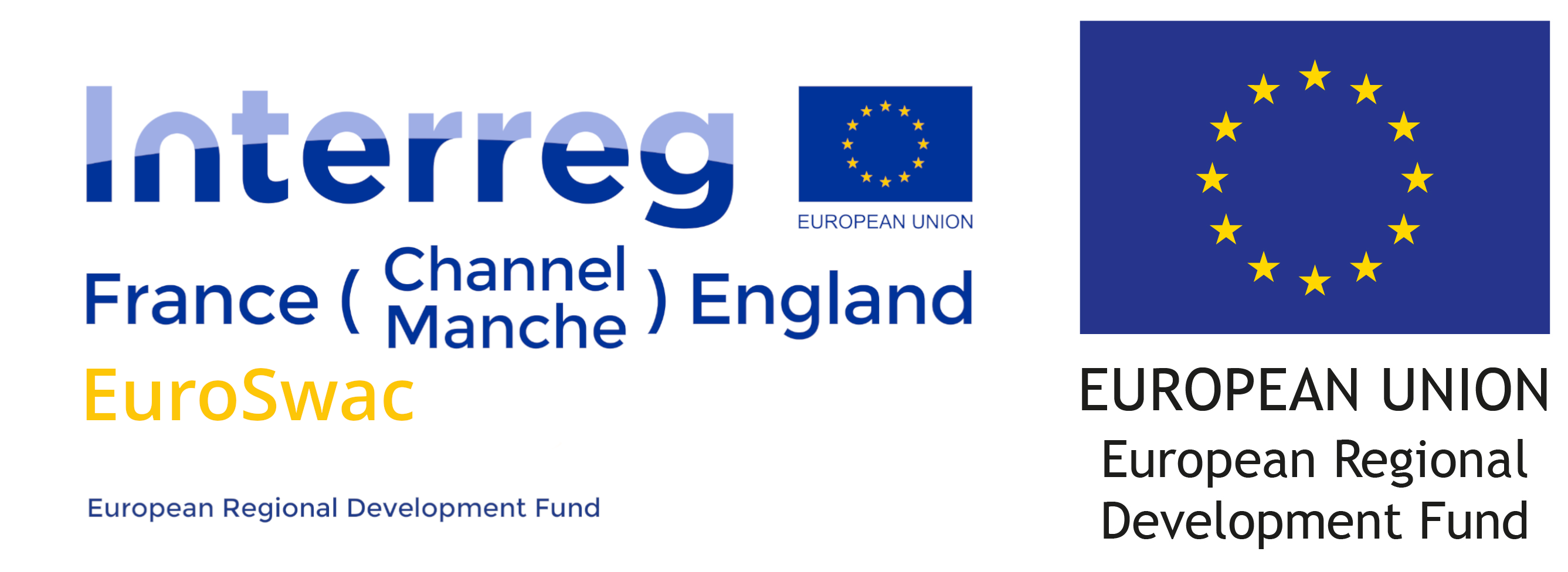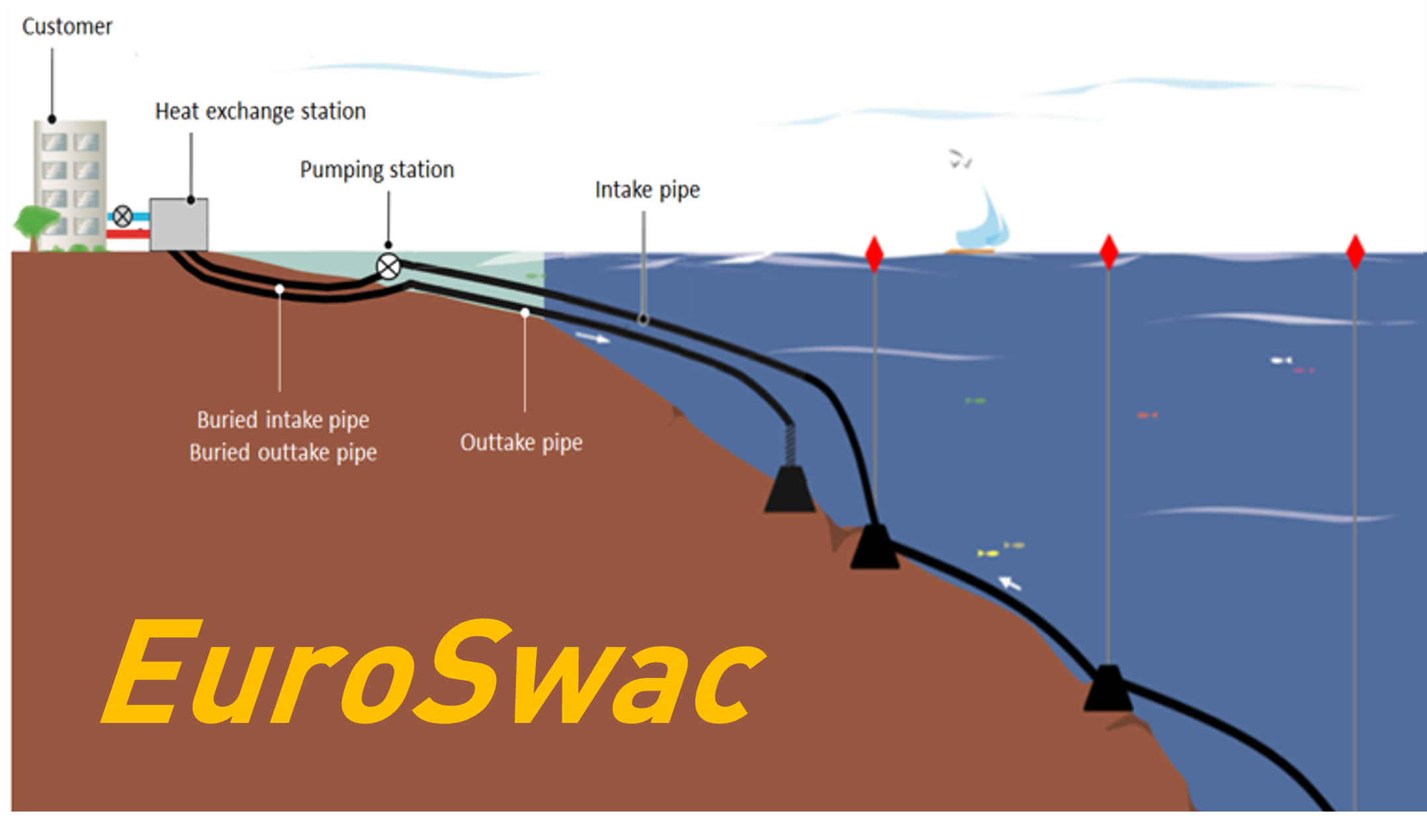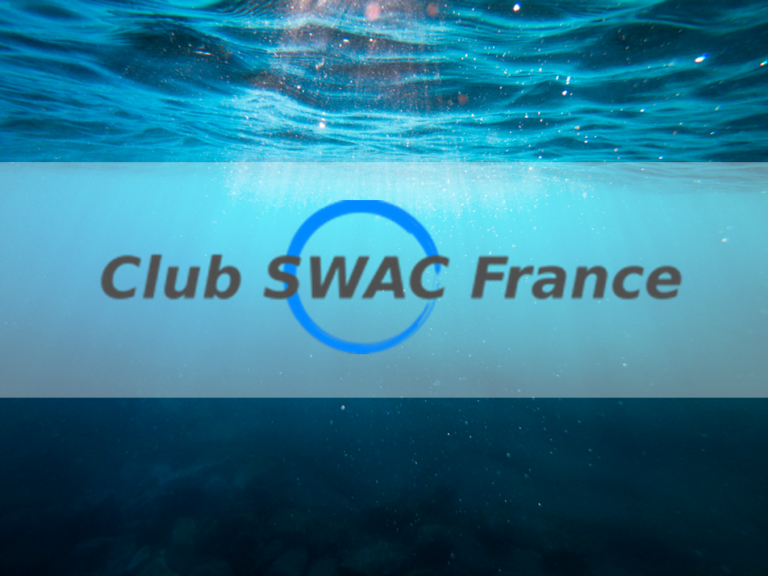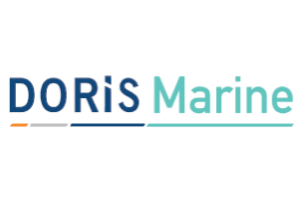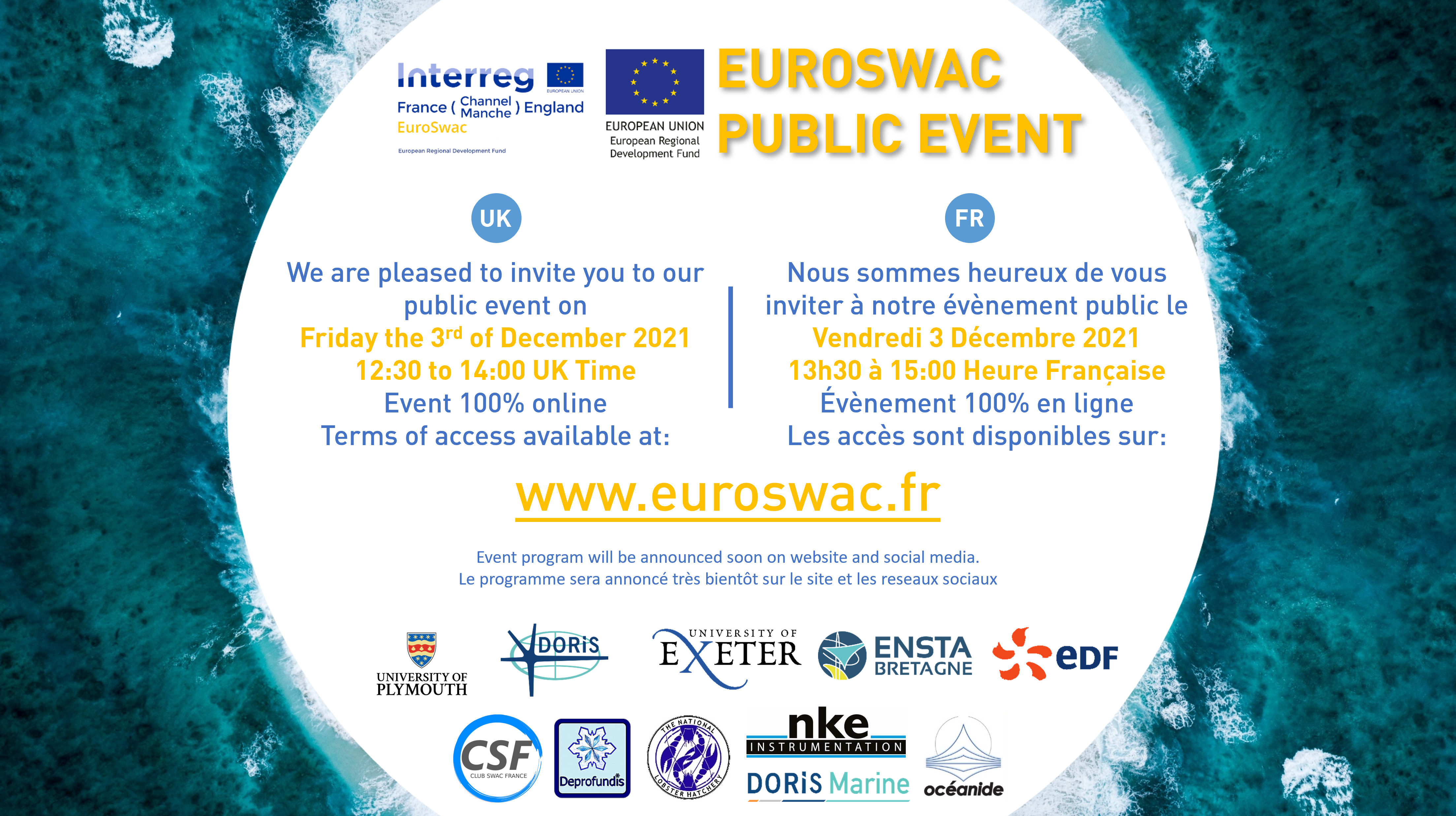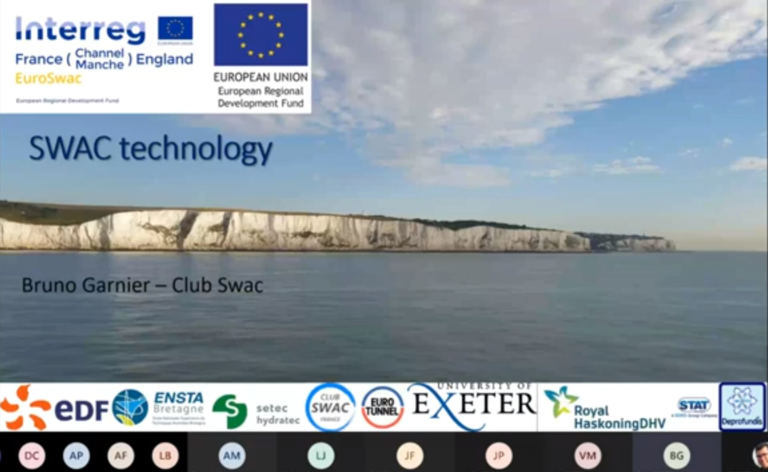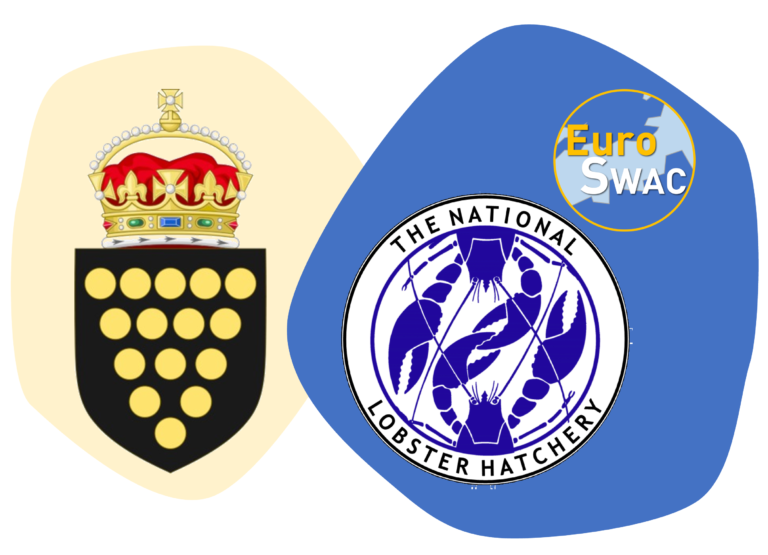EuroSwac Project
EUROSWAC demonstrates the ability of using the Channel seawater for free-cooling and heating, adapting an existing technology, the SWAC, used in tropical areas to the low depth and temperate climate of the Channel Area.

SWAC Context
Cooling is used in various sectors, for:
- Industrial refrigeration, to guarantee safe food storage,
- Space and comfort cooling in industrial processes, tertiary and commercial buildings.
This, combined with societal changes inside and outside Europe, will further increase the energy demand for chilling, cooling and refrigeration.
Currently, almost all cold used in the Channel Area is produced by vapor-compression refrigeration. This technology uses large amounts of electricity.
Then, there is a need for a fundamental rethink of how H&C can be produced at local level. Developing and validating an alternative solution to traditional H&C technologies will thus be essential to meet both demand growth and ambitious CO2 emissions objectives.
What is SWAC ?
SWAC, for Sea Water Air Conditioning, is exploiting temperature difference between cold ocean water and external air temperature to produce cold. The process involves pumping cold seawater and transfer its cooling power to a secondary loop via a heat exchange station.
What is SWAC potential in Channel Area ?
Up to 10% of cooling needs and 5% of heating needs of the Channel area tertiary buildings could be met by shallow-water based SWAC by 2030. As a result, the technology can reduce electricity consumption for cooling by minimum 30%.
EuroSwac key challenges
EUROSWAC is a highly innovative project. It aims at the joint design, test and validation of the 1st SWAC prototypes, at global level, able to operate in low-depth and temperate climate. But EUROSWAC will even go beyond existing practice as it will:
- Operate a SWAC with low environmental impacts, fully respecting the Channel Area marine ecosystem (sea water, fauna and flora);
- Optimise overall SWAC costs and business models and de-risk the investment to foster replication;
- Enhance skills and competences within the Channel Area to develop a strong academic and industrial basis. It will help generate local jobs and value creation;
- Anticipate the possible impact of climate change.
EuroSwac key component of design, development and operation is the understanding and knowledge related to the availability and characteristics of the common renewable source, i.e. the air and water temperatures in this temperate area. It is essential to implement a cross-border cooperation to share knowledge existing on both sides of the Channel as key challenges can’t be solved at national level, as skills needed are transnational, and as challenges are common to both countries.
A project gathering 11 partners
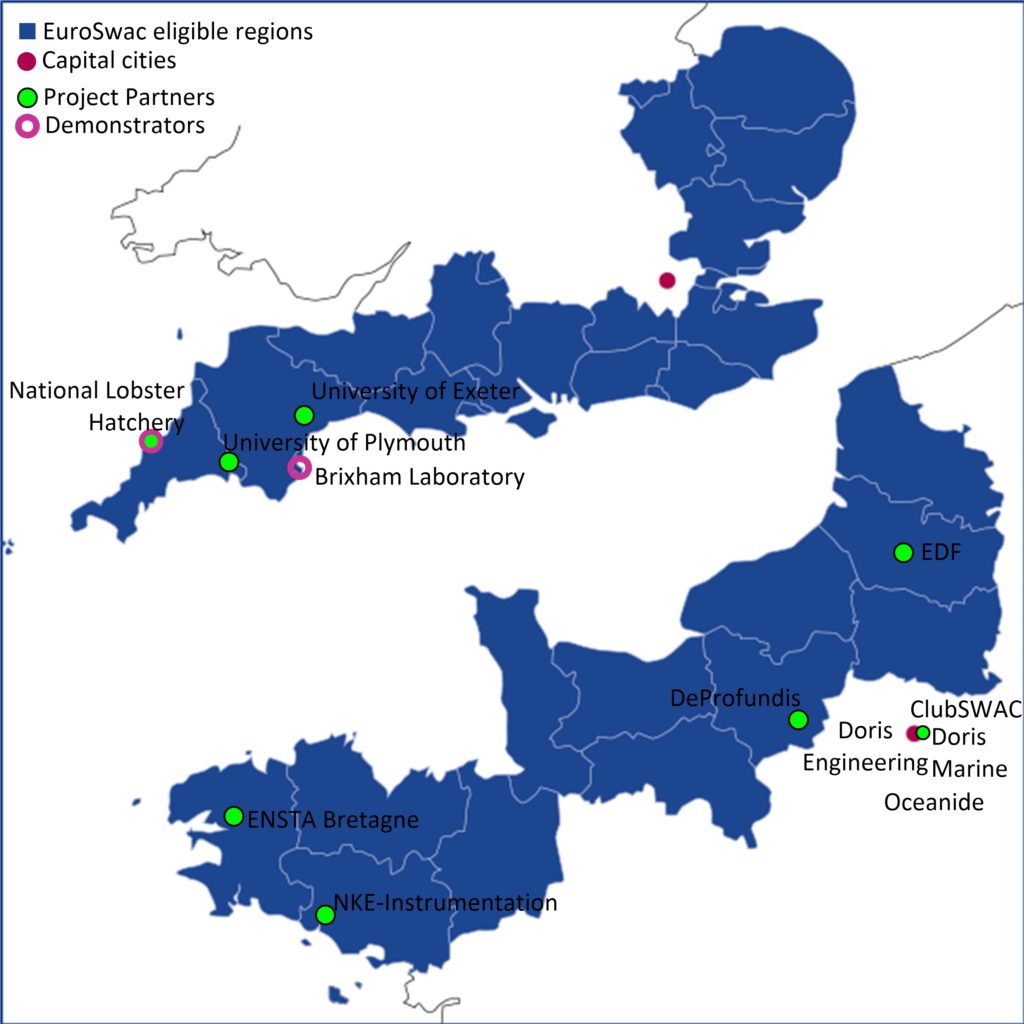
The project builds on existing know-how (coming from 11 partners, covering the whole innovation value-chain) and on the acquisition, through joint activities, of additional knowledge and skills, as this innovative project goes beyond “business-as-usual” activities, carrying out design and testing activities never realized before. All partners will collaborate, collect and use new data, imagine layouts, drawings and design, and adapt knowledge to reach the objectives.
These 11 partners, based in UK and France, coming from academic and industrial fields are working on:
- environmental studies (i.g, Sediment and geomorphology analysis, potential of using SWAC’s discharged water in aqua farms study),
- technology innovations (i.g, self-buring and flexible pipes, corrosion potential of metallic structures),
- pilot design and installation on demonstration sites (Brixham laboratory and National Lobster Hatchery in the UK)
- global optimisation to foster SWAC replication, while identifying key market segments, business models and exploitation paths to reach out to end-users
EUROSWAC is co-financed by the European Regional Development Fund, total budget of €3.5 million, including ERDF fund of €2.3 million. It will end in March 2023.
Follow us
To follow the project and its evolution, feel free to follow us on our LinkedIn page: https://www.linkedin.com/company/euroswac/
The next articles will be available on our website at this address: https://euroswac.fr/?page_id=831&lang=en
